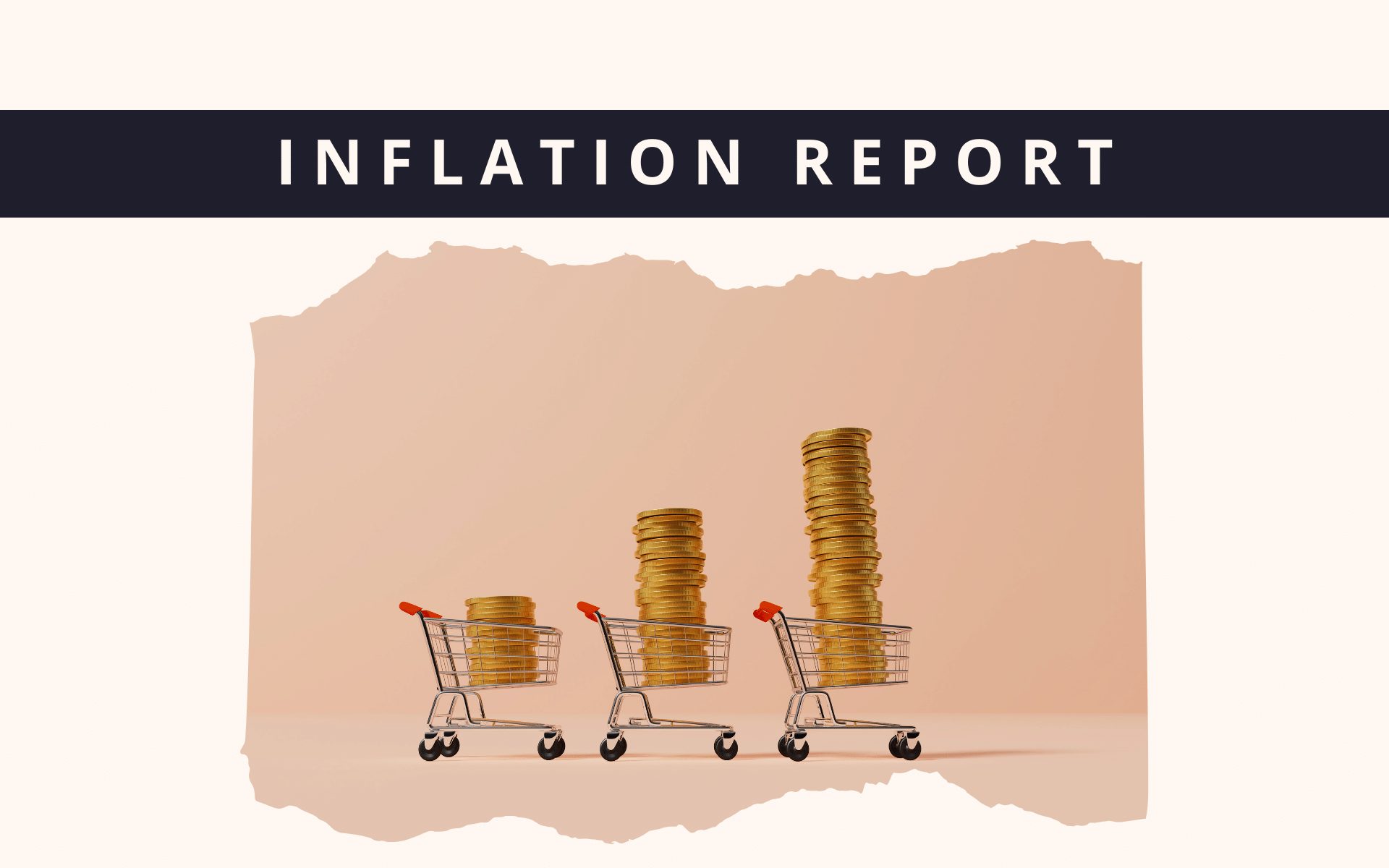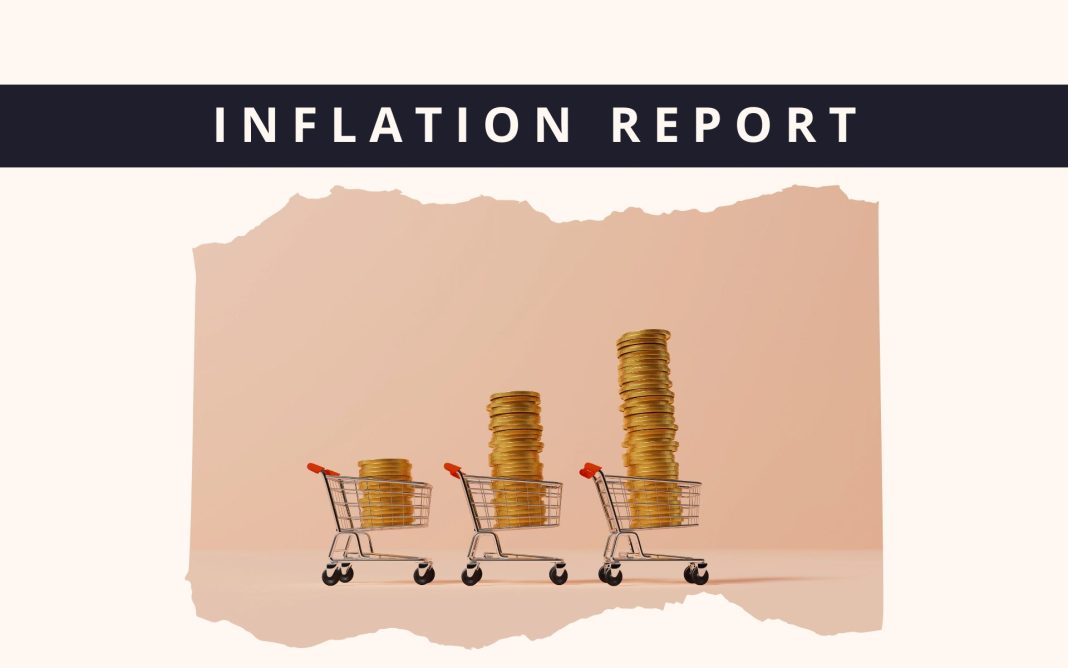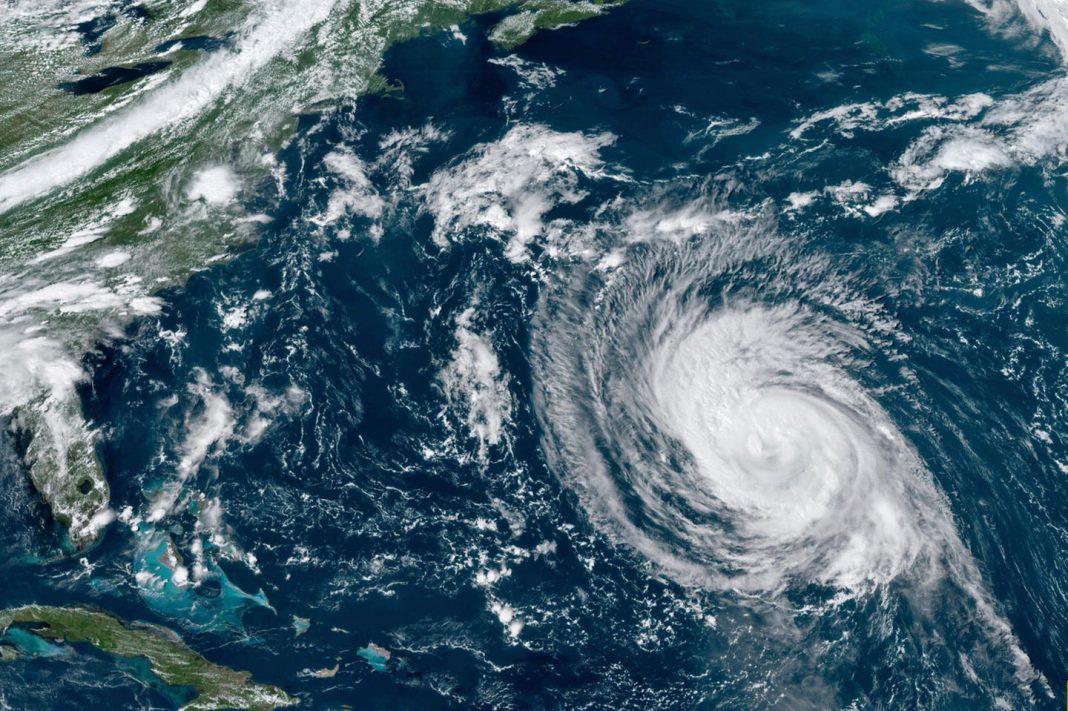
Producer prices rose higher than expected in August, driven by an increase in the final demand for services. The Bureau of Labor Statistics reported a 0.2 percent increase in the producer price index (PPI), surpassing the market’s estimate of a 0.1 percent increase. However, on a year-over-year basis, PPI growth eased to 1.7 percent, the lowest level since February 2024.
Core producer prices, which exclude volatile components like energy, food, and trade services, saw a surge of 0.3 percent, up from a 0.2 percent drop in July. The consensus estimate was a 0.2 percent gain. Year-over-year, core PPI growth remained unchanged at 2.4 percent.
While goods inflation remained steady, services inflation climbed by 0.4 percent. PPI data revealed that prices for chicken eggs, diesel fuel, drugs and pharmaceuticals, and gasoline increased, while prices for electric power, hay, hayseeds, meats, and oilseeds declined.
The PPI is closely watched by economists as it can indicate future inflation trends, serving as an early reflection of changes in the supply chain. The latest PPI numbers follow a decrease in the annual inflation rate to 2.5 percent in August, the lowest level since February 2021. This suggests that wholesale inflation has stabilized.
In response to the PPI data, U.S. stocks showed little change in pre-market trading. Treasury yields were mixed, with the benchmark 10-year yield remaining steady at around 3.64 percent. The U.S. dollar index, which measures the greenback against a basket of currencies, remained flat at 101.70.
Economist Taylor St. Germain from ITR Economics pointed out that U.S. producer prices in the 12 months through July were 1 percent higher than the same period the previous year. This could indicate a potential revival of price pressures in 2025 and 2026. St. Germain also mentioned that renewed economic activity, lower interest rates, and the expansion of the Federal Reserve’s money supply may lead to an increase in inflation. The Fed’s money supply has grown by 1.5 percent since February.
Discussing potential risks to the U.S. economy, JPMorgan CEO Jamie Dimon raised concerns about stagflation, a combination of stagnating economic growth and high inflation. During a conference, Dimon stated that stagflation is the worst outcome and should not be ruled out. This comes as the Institute for Supply Management’s (ISM) Manufacturing and Services Purchasing Managers’ Indices (PMIs) showed little change in activity and prices climbed at a higher-than-expected pace.
Despite these concerns, the Cleveland Fed’s Inflation Nowcasting model predicts further easing in the Consumer Price Index (CPI) next month. However, global core inflation is expected to remain stubbornly high at 3.1 percent.

